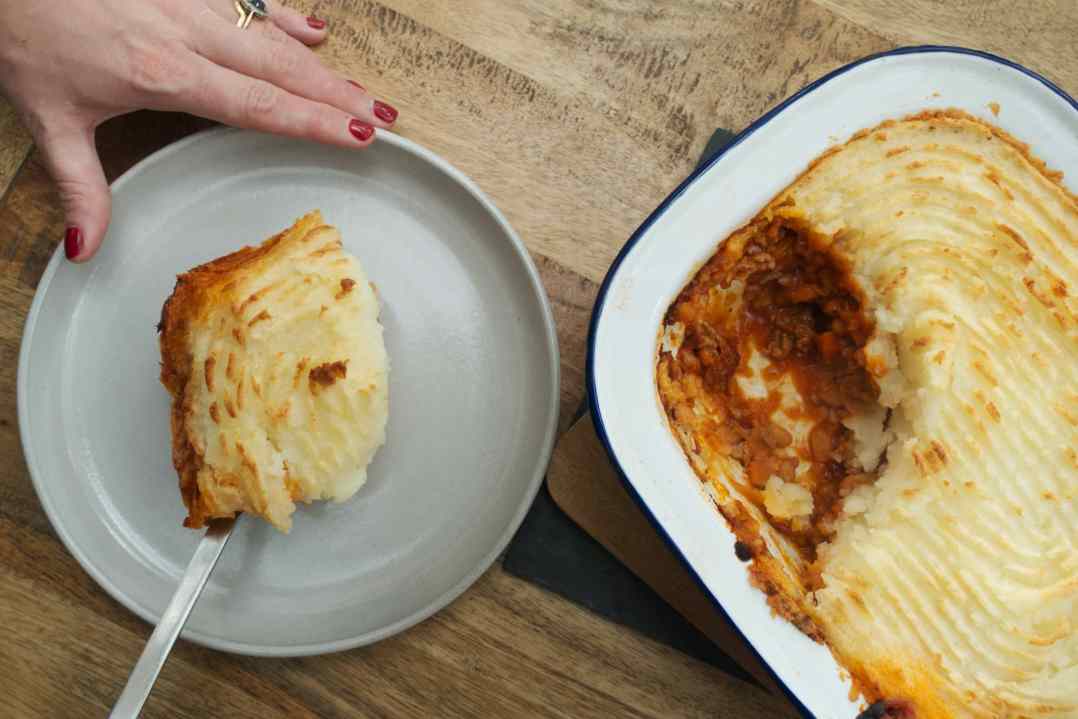I’ve said many times that I am not a food purist: I like shortcuts and variations, I have a massive soft spot for oven pizzas, and no time at all for those who are sniffy about prepared food or ingredients. I don’t think there’s anything to be gained by being categorical or dictatorial about food – what is the point in me insisting you cook your thick steak rare if you can’t bear to eat it that way? Eating and cooking should be about enjoyment, and I don’t get to decide what you do or do not enjoy, what is to your taste. So I try my very best to be flexible, to offer up alternatives, and not to make pronouncements from on high.
However, I draw the line at shepherd’s pie. I am given to understand (or rather, there are countless sources to this fact, I just don’t want to believe it), that the terms cottage pie and shepherd’s pie can be used interchangeably to mean any red meat braised dish with mashed potato on top.

Get Britain's best politics newsletters
Register to get The Spectator's insight and opinion straight to your inbox. You can then read two free articles each week.
Already a subscriber? Log in







Comments
Join the debate for just £1 a month
Be part of the conversation with other Spectator readers by getting your first three months for £3.
UNLOCK ACCESS Just £1 a monthAlready a subscriber? Log in